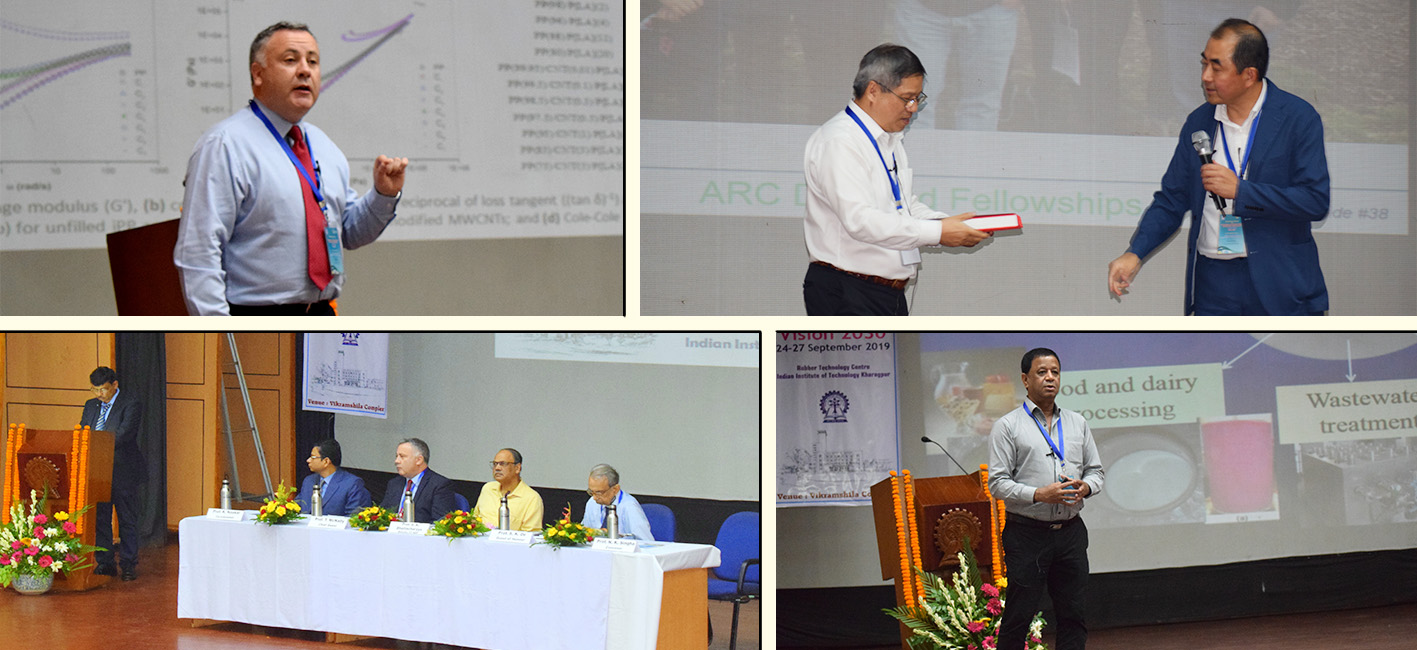
Taking charge
The International Conference on Advances in Polymer Science and Rubber Technology (APSRT) at IIT Kharagpur, organized by the Rubber Technology Centre from September 24-27, discussed what should be the future agenda for the world threatened by Climate Change. Plastics naturally figured prominently in the conference that mulled over how polymer science and the rubber industry had to focus intensively on driving innovation within the broad sustainability framework through waste prevention, re-use, repair, remanufacture and recycling. Prof. Thomas Kurian of the Cochin University of Science and Technology, for example, explained chemical recycling of PET bottles by a route based in aminolysis.…

